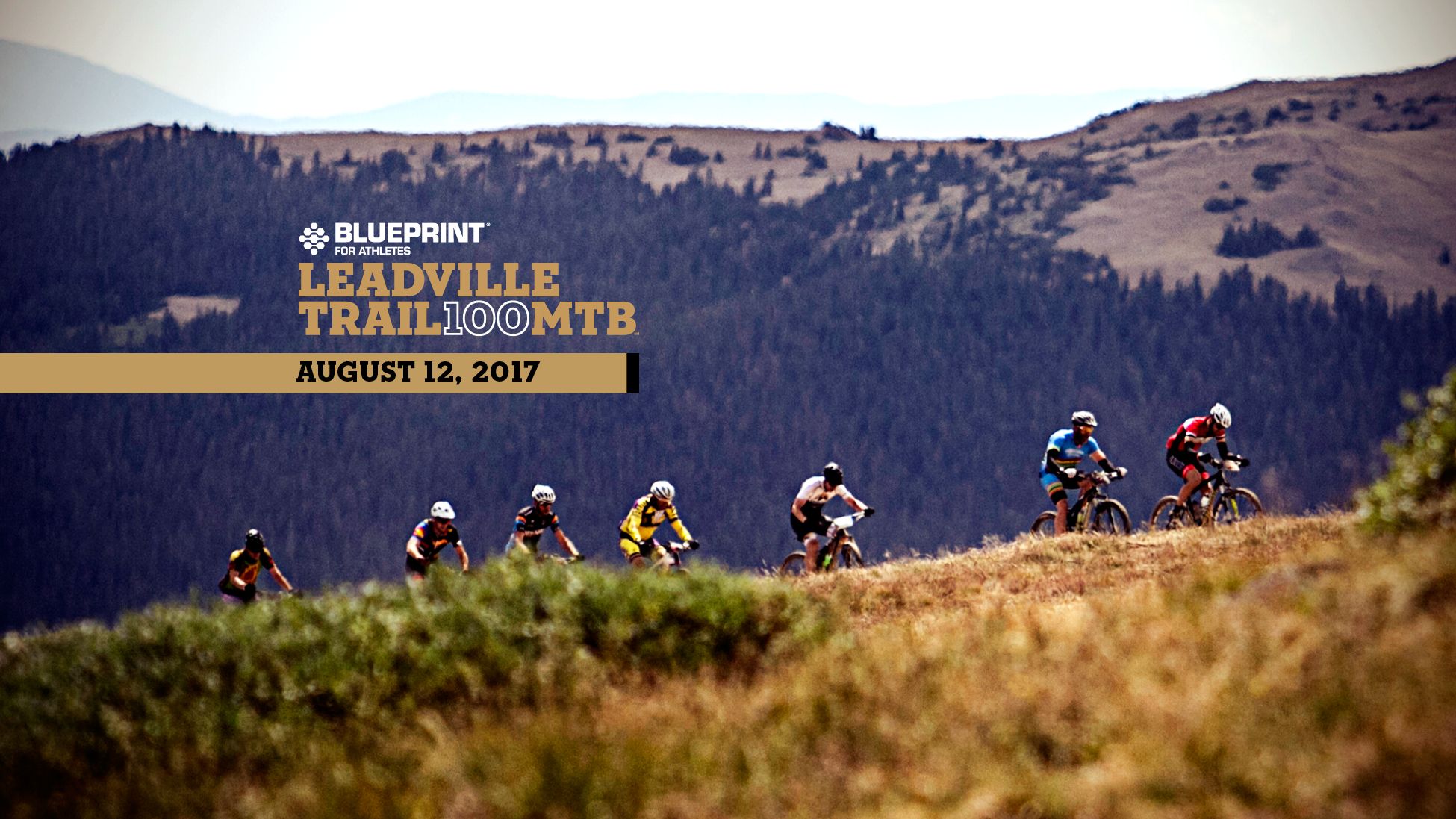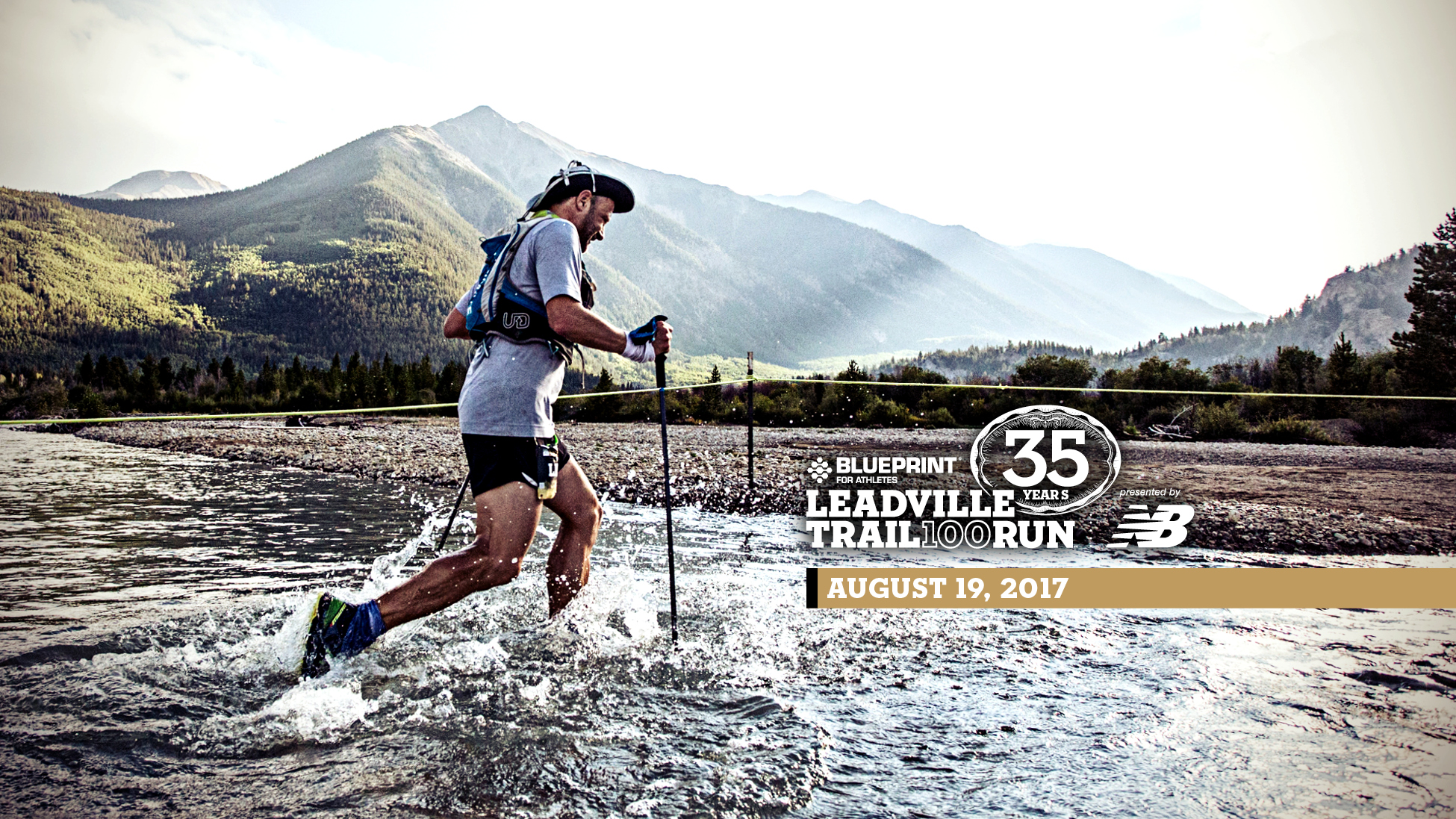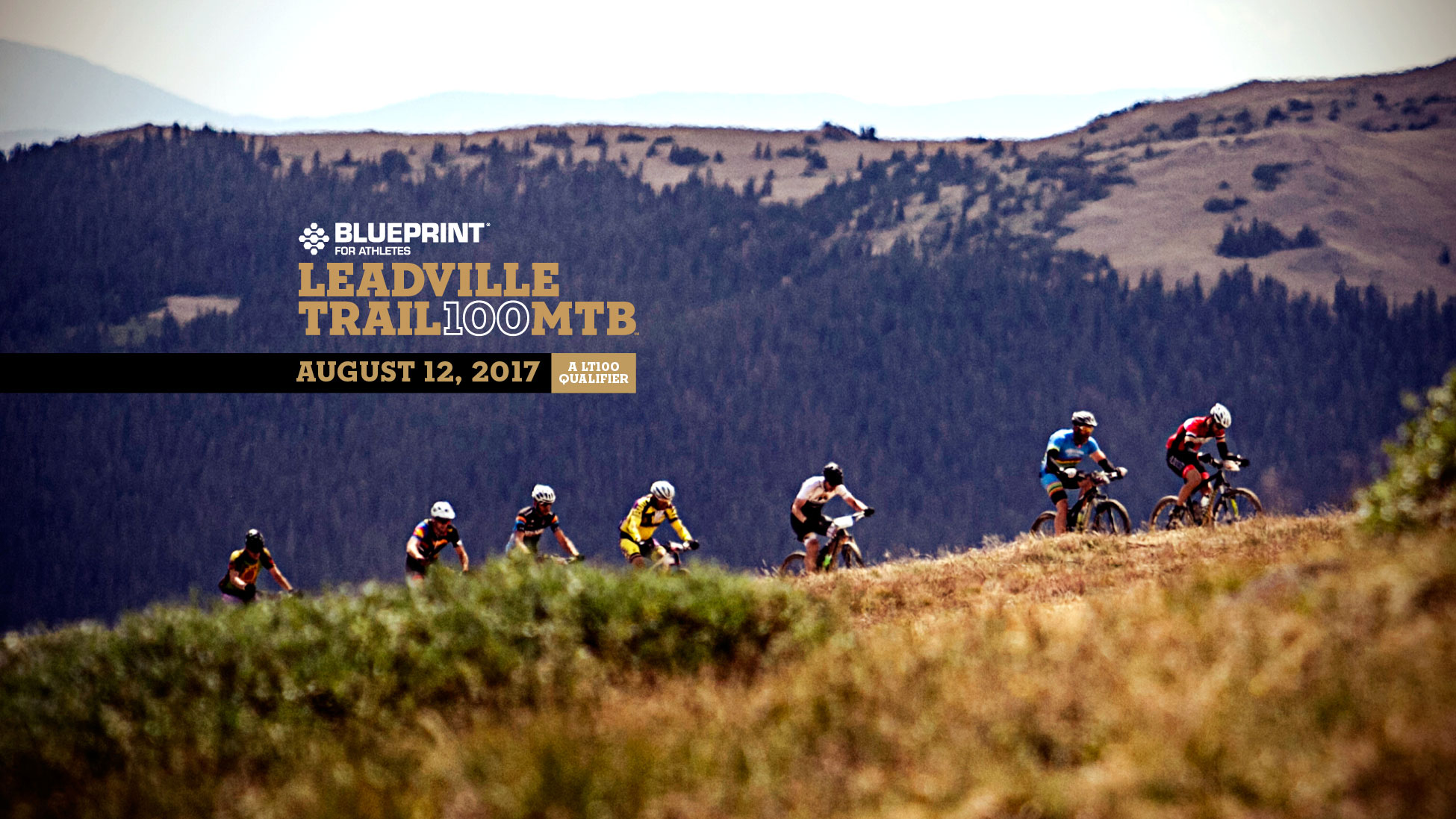Face of the Race: Scott Jurek
We caught up with world-class ultrarunner and bestselling author Scott Jurek to talk about food, mental strength, and, of course, Leadville.
World-class ultrarunner and bestselling author Scott Jurek is famously powered by plants. After a year promoting his book, Eat & Run, and spreading the word of transformation through exercise and a plant-based diet, Jurek is returning to the Leadville Trail 100 this summer. We caught up with him to talk about food, mental strength, and, of course, Leadville.
Your book, Eat & Run, was recently released in paperback. After all the work you put into it, was that a cool moment?
I’ve been very pleased. It’s been a ton of work, and I spent a majority of the past year promoting. It’s been much like running a race: you put in the time and energy, and everything that goes into it, and it’s great when things come together. It’s been great hearing people’s experiences and stories. It’s so inspiring. I didn’t race last season, but it definitely paid off.
How did all that time promoting affect your training?
I still did some training, just wasn’t able to do as much to put in a full race season. I didn’t miss it entirely. I’ve been racing for quite a while – going on 20 years – so it was nice to switch it up.
Tell us how you decided on the title, Eat & Run. These are two actions that are intertwined, but only one (run) relies on the other (eat).
These are the two main drivers in my own life; two vehicles that I use to explore the world around me. Exercise and nutrition are two components to a healthy lifestyle. Both of these things helped me to arrive at a point of better health and awareness, and it would be hard to leave one of them out.
Running was something that I didn’t really like growing up. In my teenage years I just did it to stay in shape for other sports. In terms of the nutrition part, I grew up off the land and didn’t like vegetables as a kid. It’s crazy to think of coming from a hunting and fishing lifestyle, growing up in Minnesota, and switching to a plant-based diet.
When did you switch from meat-and-potatoes to vegan? And do you prefer to use the term “plant-based diet”?
I use “vegan” and “plant-based” interchangeably – vegan can sound extreme. (Ultrarunning and a vegan diet are indeed two extremes.) The term “plant-based” just sums it up better.
There are a lot of different diets, but plant-based is better for me. It was about realizing that there’s more to food than just what’s available at a convenience store or supermarket or a fast-food restaurant, and getting back to the simplicity of eating more plants and foods that come from plants.
I’ve eaten this way since 1999, so 14 years. The biggest switch that turned on for me was reading Andrew Weil’s book Spontaneous Healing. It introduced me to the idea that most cultures around the world eat more calories from plants, and as a result, they live longer and have less chronic disease. That hit home with me. Howard Lyman’s book Mad Cowboy was another trigger. How does someone from the backwoods of Minnesota go vegan? I thought, if this guy [former cattle rancher from Montana] can do it, so can I.
There were all these foods I’d never heard of before, all these ethnic influences in cuisine, and it became a lot of fun. Running ultras has been a learning process, and this was part of learning how to run and train better. It wasn’t a sacrifice; it was something I enjoyed.
You’ve said, “This book is for anyone who feels stuck.” What was “sticky” about your pre-ultra life? What keys or tools do you offer to help someone escape feeling stuck?
I think for me it was feeling like life was tough. Life was difficult. I faced a lot of adversity early on with my mother’s illness [multiple sclerosis] and I just felt like I didn’t have a lot of opportunities. What I’m trying to do is show people that, just like in a race, you can get through the tough moments. There are moments in racing when it feels like it’s so hot or so far to the finish or the discomfort is so great. You can get through that. I’m trying to show people that when you think you can’t go on, there is always a way to get through that. Finding a new dietary path and finding running were primary elements to discovering a new direction in my life, and people can find their own new direction with other things, not just eating and running. There are a lot of different paths and it’s a matter of finding those things and continuing to move forward. We’re all putting one foot in front of the other.
What’s your favorite on-trail fuel?
I still use sport foods: Clif Shots, Clif Bars, Clif Shot Bloks, and electrolyte drink. I also incorporate real food, like rice balls, burritos, bananas, potatoes, hummus on tortillas. When I’m doing these long training runs, it’s nice to break up the sports food. I like gels and drinks because there are times when you don’t want to eat. I like to eat things that I can get down easily.
It’s a fascinating truth of endurance sports that, as you put it, the “mind matters more than anything.” How can someone learn to use the mental to overcome (seeming) physical limitations?
The finish line and the end goal obviously can motivate – whatever that end goal is in life, look to that. But it’s true that you can’t think of that mid-race: “Oh, I have 80 miles left.” Instead, it’s better to swallow mini goals. It might be getting five miles down the trail, or getting to a certain spot in the road. Sometimes it’s just focusing on one foot in front of the other. Whatever it is, break it into small manageable goals that you can focus on.
Another thing is staying focused on the present moment. It can be really hard to do that. I focus on things like eating and drinking, or I focus on my breath or on my technique. It’s about distilling things down to what I have to do in the present moment.
You can also finding motivating triggers. I like using the competition – making sure someone doesn’t catch me. Whatever you’re doing in life, find the things that will keep you motivated and engaged.
How many times have you done the LT100? Why return?
I’ve done it just one other time, actually, in 2004. The last time I did it was also the year I did the Grand Slam, which also included Western States and the Vermont 100. I moved to Colorado a couple years ago, and the LT100 is the home course in a way. I wanted to take advantage of living at altitude. There’s just a lot of history with the Leadville Trail 100, and great energy.



